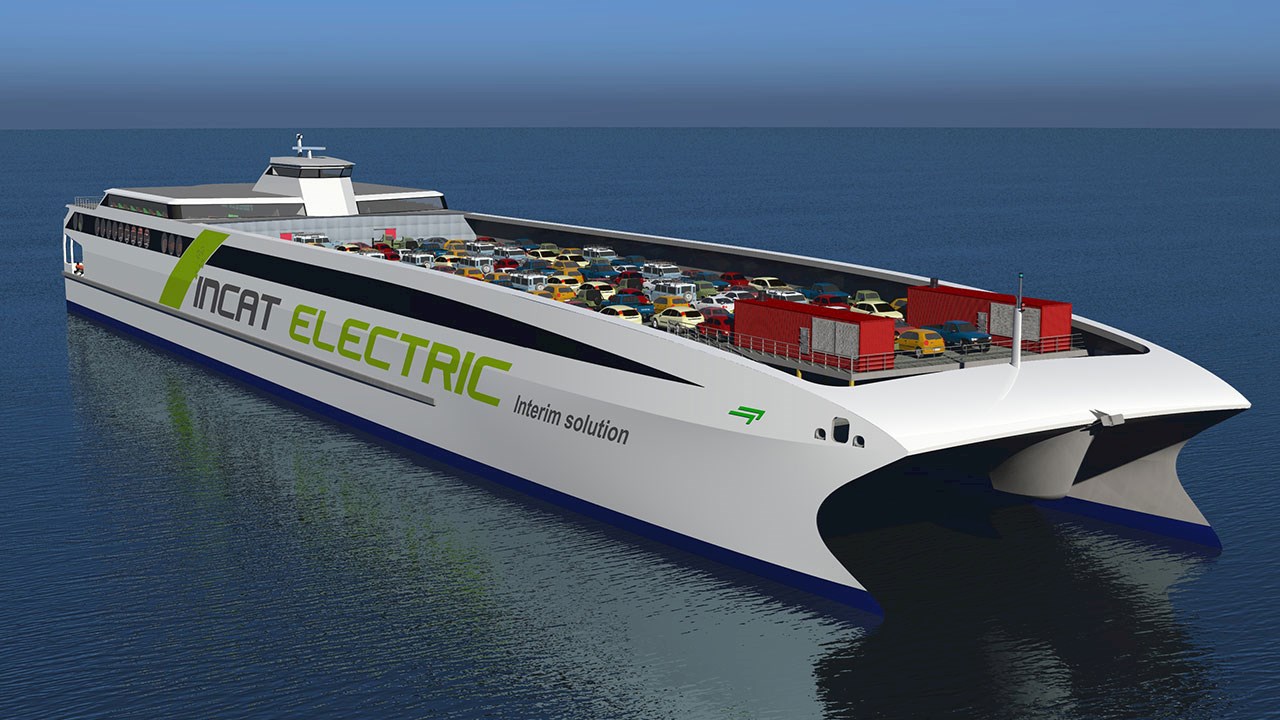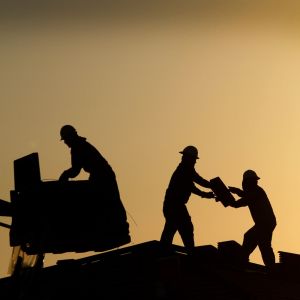For a number of years now, I have held a firm belief that businesses and our society evolves at the pace of the Lowest Common Denominator. This applies to most things around us but is easiest to explain with this example. Think of driving down a two-lane freeway with a 100 km/h speed limit (a limit in fact set based on this principal). There is a person in the right hand lane driving at 80 km/h, let’s call them Slim (Slow Like Me). “Keep left” rules are rarely enforced. “Undertaking” is not allowed as the rules say you can’t pass on the inside, so soon there will most likely be a vehicle in the left lane also driving at this speed. All vehicles catching up from behind then get stuck because of Slim, until someone breaks the rules and finds an opportunity to squeeze through a tiny gap, and blast away from the pack, in the process risking a speeding fine.
Unless we all want to keep putting up with the Lowest Common Denominator, several actions are required to overcome these issues. We need to remove the hindrance (relocate and/or retrain Slim), consider changing the rules (making “keep left” a more important rule than Undertaking), and widen the freeway (improve infrastructure and streamline procedures).
This principal starts very early in our society, at school in fact. The curriculum and the speed at which it is taught is based on bringing the “laggards” up to the average standard, as opposed to encouraging the “gifted” kids to go above and beyond. Even on the sporting field, we endorse a limiting standard because you have to be careful not to single out winners from fear of upsetting others. In my books, second place is the first loser – in business you won the deal, or you were a loser that didn’t.
Slim also doesn’t like it if people do better than us (the Tall Poppy syndrome), so we punish people for daring to try to do better than average. If a business grows beyond an “accepted” size, we tax them more through for instance Payroll Tax. We discourage people from earning more by increasing the tax they have to pay the more they earn. Wonder what would happen if we reversed the tax system so we taxed those that held others back?
The freeway analogy doesn’t end there. Why do we build new roads or new power stations to add additional capacity, and insist on destroying the old ones? And with better and better roads as well as safer vehicles, why do we keep reducing the speed limits? It’s trying to understand drivers with one foot on the accelerator whilst the brake lights are on (driving with the other foot on the brakes).
What does this have to do with business and our people? We are held back with mindless rules that might have had a purpose but have lost track of what that purpose was. Why do we have import duties on products not made here? Why are we paying luxury car taxes on vehicles when we no longer have a car industry (with the exception of the large US style utes)? Why do we have 122 Awards that are so complicated even Woolworths and the ABC’s massive HR departments can’t work out how to pay their employees correctly? Maybe one simple employment framework (where any employer or employee could easily check what they are “entitled” to) would be better? Perhaps do away with 2 weeks of sick leave, and give all employees 5 weeks annual leave instead, thereby encouraging people to look after their health better and rewarding those who don’t take “sickies”? If we are concerned about the environment, why do we have regulations that make it more expensive to inspect/test certain equipment than it does to simply throw out the old ones and replace with new before the test is due (slings, fire extinguishers etc)? Why do building approvals take as long as they do and how can the process cost about one third of the total cost of a house build? And let’s not get started on the exorbitant “stamp duties” that apply to property transfers that were supposed to have disappeared when the GST came in – talk about an efficiency stopping tax – it makes it uneconomical for people to buy houses or cars to change to more suitable ones, thereby reducing the efficient allocation of resources (single people staying in multi-bedroom dwellings for instance because they’d have to cough up with tens of thousands of dollars with no benefit to them).
We’ve lost track of why they were originally called “freeways”. It referred to a toll free highway. A means of getting more traffic through faster and at a lower cost, free of restrictions. Sometimes “progress” is anything but.

Backward innovation
Innovation and entrepreneurship doesn’t always get the accolades it deserves. In the 1990’s, Tasmanian company Incat developed the worlds first car carrying high speed, lightweight catamaran. Using aluminium combined with the efficiency of catamaran hulls, the benefits were obvious, and it revolutionised some forms of shipping. Aluminium is only a third of the weight of steel, meaning the vessels require less power and consume less fuel, whilst allowing the vessel to carry more payload. That’s called efficiency.
The companies latest move is therefore quite perplexing. The trade off is always between weight, speed and range. Now, the company is going electric. Sort of. The drive to the propellors will be done using electric motors, powered by heavy batteries. But mostly charged by diesel generators. So this will mean compromising efficiency by sacrificing payload, speed or distance (or more likely all areas).
The concept of a fast ferry is no doubt to get between ports quickly. Obviously the batteries need to be recharged during the time in port (assuming the power infrastructure is there). The more trips, the better the profitability and viability of the run, which logically means short times in a port are also a key requirement. In order to overcome the charging issue, Incat have therefore designed the ferry to have two 40 foot removable containers with diesel generators to charge the batteries on the run on the bow of the vessel.
Now this is where it gets confusing. Any time power is produced then stored in a battery before being used, the energy losses are about 30%. Further, having the engines on the top deck rather than inside the back section of the hull (as per normal propulsion systems) takes up valuable cargo space and having the heavy batteries in the hull makes the weight trade-off even less workable. So these new ferries will be carrying more dead weight, have a shorter range, and potentially be slower (plus require longer periods in port for charging), whilst requiring more energy usage to transfer a given weight of cargo. More energy required means more emissions generated.
No pricing figures have been released but having to double up on the power sources with diesel engines, batteries and electric motors can’t possibly cost less than just the current diesel engines (that also avoid the 30% transmission losses through the battery process). But as the ships are now classed as “battery electric” and there is a mandated demand for “fully electric, zero emission” ferries from all over the world in years to come, the company expects to double or possibly triple their workforce (by 1,500 people) to meet demand. Looks like everything with this concept goes up. (That’s not entirely a good thing).
Words from the wise
“In the end, we only regret the chances we didn’t take.”
“Second place is the first loser – in business you won the deal, or you were a loser that didn’t”.
“Innovation is the unrelenting drive to break the status quo and develop anew where few have dared to go”.
As always, Onwards and Upwards!
Fred Carlsson
General Manager



